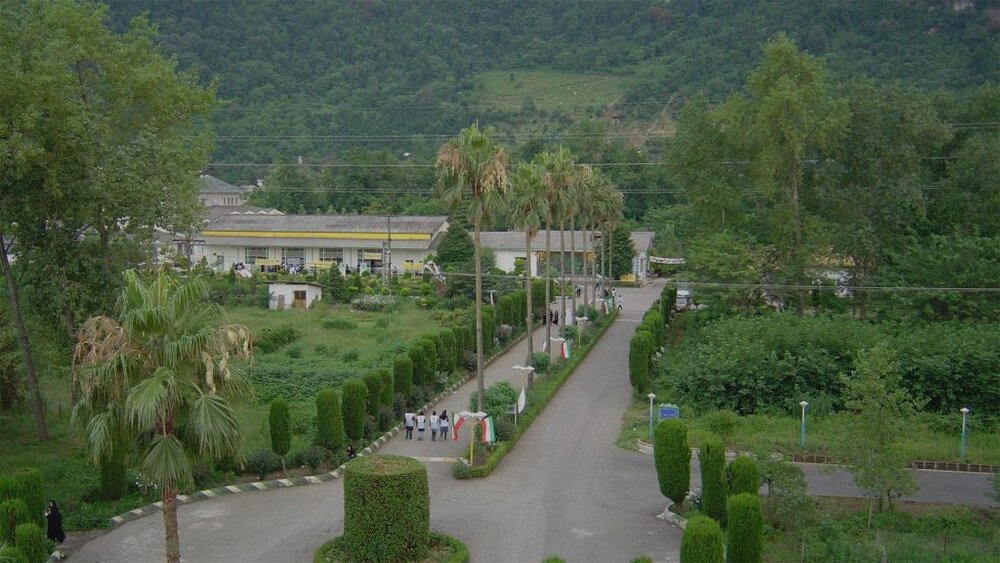Ramsar tourist camps getting ready to host new year travelers

TEHRAN – Necessary arrangements for hosting travelers during Noruz (New Year holidays, starting March 21) are being made in tourist camps in Ramsar, northern Mazandaran province, Ramsar’s tourism chief has said.
Several camps are located at the entrance to Ramsar city, which can accommodate 5,000 people that make them an important part of the city’s tourism infrastructure, Nader Saharkhoz explained on Monday.
With these camps as a basis for creating a recreational environment, Ramsar will attract tourists by holding numerous events, festivals, and competitions throughout the year, the official added.
There are a variety of facilities available in these camps, including accommodation and recreation, which attract some tourists to these places, he mentioned.
Possibly the most scenic spot on the Caspian coast, Ramsar is where the jungle-clad lower ridges of the snow-topped Alborz tumble into the sea. It’s a verdant, photogenic area, lush with orange groves, and there are walking trails into the nearby hills. Time seems to move more slowly here (especially once you leave the highway), and the town and its hinterland make a nice place to kick back for a few days, especially in spring and autumn.
Sandwiched between the towering Alborz mountain range and the Caspian Sea, Mazandaran has a rich yet turbulent history. An early civilization flourished at the beginning of the first millennium BC in Mazandaran (Tabarestan).
Its insecure eastern and southeastern borders were crossed by Mongol invaders in the 13th and 14th centuries. Cossacks attacked the region in 1668 but were repulsed. It was ceded to the Russian Empire by a treaty in 1723, but the Russians were never secure in their occupation. The area was restored to Iran under the Qajar dynasty.
The northern section of the region consists of lowland alongside the Caspian and upland along the northern slopes of the Alborz Mountains. Marshy backlands dominate the coastal plain, and extensive gravel fans fringe the mountains. The climate is permanently subtropical and humid, with very hot summers.
ABU/AM
Leave a Comment